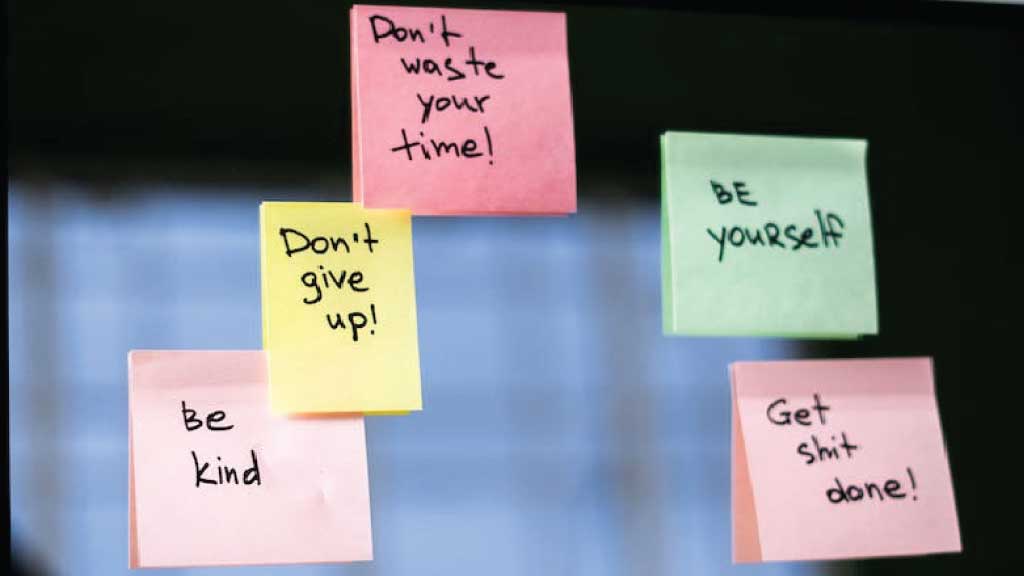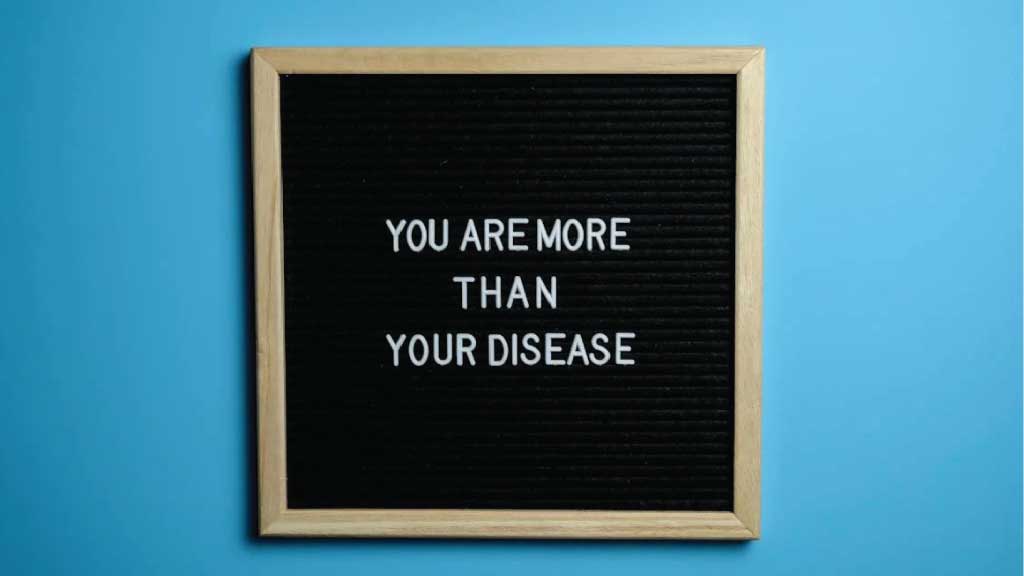Creating a personal development plan is a powerful strategy to propel oneself towards achieving goals and enriching various facets of life. To construct an effective personal development plan, consider these seven key strategies. Firstly, set clear and specific goals. Define what you want to achieve, ensuring that your objectives are measurable and achievable. Secondly, identify your strengths and weaknesses. Understanding your current skills and areas for improvement is crucial for personal growth. Thirdly, prioritize your goals. Determine which goals are most important and align with your values, focusing on them first. Fourthly, create a detailed action plan. Break down your goals into smaller, manageable steps, making it easier to track progress.
Additionally, seek feedback from mentors or peers. Constructive input can provide valuable insights and guidance on your development journey. Moreover, stay adaptable and open to change. Flexibility is key in navigating unforeseen challenges and adjusting your plan accordingly. Lastly, celebrate your achievements along the way. Acknowledge and reward yourself for reaching milestones, fostering motivation and a positive mindset. By incorporating these strategies, you can build a robust personal development plan that propels you towards success and fulfillment.
Table of Contents
ToggleSet Clear Goals:
Setting clear goals is a fundamental step in personal development. Begin by defining both short term and long term objectives with the SMART criteria in mind Specific, Measurable, Achievable, Relevant, and Time bound. This ensures that your goals are well defined and attainable. Clarity in your goals helps provide direction and focus, making it easier to stay motivated. Breaking down large goals into smaller, manageable tasks is another crucial strategy. This approach not only makes the overall goal less overwhelming but also allows you to track progress more effectively. By dividing the journey into smaller milestones, you create a roadmap for success, enabling you to celebrate achievements along the way.
This incremental approach promotes a sense of accomplishment and keeps motivation high. Additionally, breaking down tasks helps in better time management, allowing you to allocate resources efficiently. In summary, setting clear goals and breaking them down into smaller tasks with the SMART framework is a powerful strategy to make progress more achievable and pave the way for personal growth and success.
Identify Strengths and Weaknesses:
Conducting a thorough self assessment is a crucial step in personal development. Take the time to introspect and identify your strengths and weaknesses. Recognizing your strengths allows you to leverage them effectively in pursuit of your goals. Whether it’s a talent, skill, or innate quality, understanding what sets you apart can contribute significantly to your success. On the other hand, acknowledging weaknesses is equally important. It opens the door to targeted improvement efforts and self growth. By addressing areas that need enhancement, you enhance your overall skill set and capabilities.
In addition to self assessment, seeking feedback from others is invaluable. Peers, mentors, or colleagues can provide unique perspectives on your strengths and weaknesses. They may offer insights that you might have overlooked, providing a more comprehensive view of your personal and professional attributes. Constructive feedback is a powerful tool for growth, offering actionable insights for improvement. Embracing feedback with an open mind allows you to refine your self perception and make informed decisions about your development priorities. Overall, the combination of self assessment and external feedback creates a well rounded understanding of your strengths and weaknesses, paving the way for targeted personal development and continuous improvement.
Continuous Learning:
Embracing a commitment to lifelong learning is a cornerstone of personal development. To foster growth, identify areas where you aspire to acquire new skills or deepen existing ones. This proactive approach ensures that you remain adaptable in an ever evolving world. Attend workshops and conferences to engage with experts and gain hands on experience in your chosen field. These events provide invaluable networking opportunities and exposure to cutting edge ideas. Furthermore, leverage online courses to acquire knowledge conveniently, tailoring your learning to fit your schedule and preferences.
Reading books remains a timeless method of continuous learning. Authors distill their experiences and insights into tangible lessons, offering a wealth of knowledge at your fingertips. Stay well informed by following industry trends through various mediums, such as journals, blogs, or podcasts. Being aware of emerging developments equips you to anticipate changes and position yourself for success.
In the digital age, online resources abound, providing diverse learning experiences. Whether it’s coding, design, or leadership skills, online platforms offer a plethora of courses to cater to your specific needs. The commitment to continuous learning not only enhances your expertise but also fosters a growth mindset, essential for navigating the dynamic landscape of the professional world. By staying informed and relevant, you position yourself as a lifelong learner, ready to embrace challenges and thrive in a rapidly changing environment.
Time Management:
Effectively managing time is a fundamental aspect of personal development and professional success. Prioritizing tasks based on their importance and urgency is a key strategy. The Eisenhower Matrix, a decision making framework, helps in categorizing tasks into four quadrants: urgent and important, important but not urgent, urgent but not important, and neither urgent nor important. This method guides individuals to allocate time and resources efficiently, focusing on tasks that align with overall goals.
Additionally, implementing time management techniques, such as the Pomodoro Technique, contributes to improved productivity and concentration. This method involves the breaking work into intervals, also traditionally 25 minutes in length, separated by the short breaks. This structured approach enhances focus and prevents burnout by promoting regular rest intervals.
Furthermore, setting clear goals and deadlines aids in prioritization, allowing for a more organized and systematic workflow. Utilizing tools like calendars, planners, or task management apps can assist in visualizing and tracking tasks. Regularly reassessing priorities ensures adaptability to changing circumstances.
By mastering time management, individuals enhance their efficiency, reduce stress and anxiety, and create a conducive environment for personal and professional growth. It empowers individuals to allocate their energy towards tasks that align with their objectives, fostering a sense of accomplishment and fulfillment in both personal and professional realms.
Networking and Relationship Building:
Building a robust professional network is a cornerstone of personal and career development. Actively engage in networking by attending industry events, conferences, and seminars. These platforms offer opportunities to connect with professionals in your field, exchange ideas, and stay abreast of industry trends. Additionally, join relevant online communities and forums to expand your network globally. Engaging in discussions and sharing insights can lead to valuable connections with like minded individuals.
Fostering relationships with mentors is equally crucial. Identify experienced individuals in your field who can provide guidance and support. A mentorship relationship can offer valuable insights, advice, and a broader perspective on your personal and professional growth. Seek mentors who align with your goals and values, and actively cultivate these relationships by expressing gratitude, staying open to feedback, and showcasing your dedication to learning and development.
Effective networking goes beyond collecting the business cards, it involves building the genuine connections. Take the initiative to reach out to professionals, attend networking events, and nurture relationships over time. A strong professional network not only opens doors for career opportunities but also provides a support system for overcoming challenges. Ultimately, investing in networking and relationship building contributes significantly to personal and professional success, creating a foundation for continuous growth and advancement.
Health and Wellbeing:
Integrating health and well being into your personal development plan is essential for achieving holistic growth. Prioritize both physical and mental well being to optimize your overall quality of life. Regular exercise, a cornerstone of physical health, contributes not only to physical fitness but also to enhanced mood and cognitive function. Incorporate a mix of aerobic and strength-training exercises into your routine to support cardiovascular health and muscular strength. Coupled with regular physical activity, maintain a balanced diet rich in nutrients to provide your body with the fuel it needs for optimal performance.
In addition to physical well being, address your mental health through mindfulness practices, meditation, or stress-reducing activities. These techniques foster emotional resilience, improve concentration, and mitigate the impact of daily stressors. Allocating time for self reflection and mindfulness contributes to a more centered and focused mindset, essential for navigating the challenges of personal and professional life.
Adequate sleep is a cornerstone of well being, influencing both physical and mental health. Prioritize a consistent sleep schedule to optimize restorative sleep, allowing your body and mind to recharge effectively. Recognize the interconnectedness of physical and mental well being, as a healthy body supports a healthy mind and vice versa. By incorporating these practices into your personal development plan, you create a foundation for sustained well being, resilience, and the energy needed to pursue your goals with vigor and clarity.
Adaptability and Resilience:
In the dynamic landscape of personal and professional life, cultivating adaptability is essential. The ability to embrace change and view challenges as opportunities for growth is a powerful mindset to incorporate into your personal development plan. Recognize that adaptability involves not only navigating unforeseen circumstances but also proactively seeking opportunities for innovation and improvement. By fostering a mindset that views change as a constant and welcomes new experiences, you position yourself to thrive in evolving environments.
Resilience, a complementary trait, plays a crucial role in overcoming setbacks and challenges. Rather than viewing failures as insurmountable obstacles, cultivate resilience by learning from these experiences. Analyze setbacks for valuable insights, allowing them to inform and strengthen your future endeavors. Maintaining a positive outlook, even in the face of adversity, is pivotal for building resilience. Acknowledge challenges as temporary and focus on the lessons they offer.
Furthermore, a solution oriented mindset is integral to resilience. Instead of dwelling on problems, direct your energy towards identifying and implementing solutions. This proactive approach not only helps in overcoming challenges but also contributes to personal growth and skill development. By consciously incorporating adaptability and resilience into your personal development plan, you equip yourself with the mental fortitude needed to navigate uncertainties and setbacks, ensuring a resilient and agile path towards your goals.
Conclusion:
In conclusion, a well rounded personal development plan encompasses a multifaceted approach, incorporating strategies for goal setting, self awareness, time management, networking, health, and resilience. By setting clear and SMART goals, individuals provide themselves with a roadmap for success. Identifying strengths and weaknesses, coupled with seeking feedback, forms the foundation for continuous improvement. Time management techniques enhance productivity, while networking and relationship building open doors to opportunities and support. Integrating health and well being into the plan ensures the sustainability of personal growth, recognizing the interconnected nature of physical and mental health. Lastly, embracing adaptability and resilience enables individuals to navigate challenges and setbacks with a positive, solution-oriented mindset.
In the pursuit of personal development, these strategies collectively create a comprehensive framework that fosters continuous learning, professional success, and overall well being. The journey towards personal development is dynamic and ongoing, marked by intentional efforts, adaptability, and a commitment to lifelong growth.
FAQs:
What do you write in the personal development plan?
In a personal development plan, one should include clear and specific goals, a self assessment of strengths and weaknesses, strategies for time management, a commitment to continuous learning, networking and relationship-building initiatives, and considerations for health and well being. It’s essential to outline actionable steps, timelines, and methods for tracking progress towards personal and professional growth.
What are 5 areas of a personal development plan?
The five key areas of a personal development plan typically include goal-setting, self assessment of strengths and weaknesses, time management strategies, networking and relationship-building initiatives, and considerations for health and well being. Focusing on these areas creates a comprehensive plan that addresses various aspects of an individual’s life and contributes to overall growth and success.
How do you write an individual development plan?
To write an individual development plan, start by setting clear, specific, measurable, achievable, relevant, and time bound (SMART) goals. Identify strengths and weaknesses through self assessment, seek feedback, and create action plans. Prioritize tasks based on importance and urgency, use time management techniques like the Pomodoro Technique or the Eisenhower Matrix, and commit to lifelong learning. Additionally, incorporate networking and relationship building strategies, and include considerations for health and well being.
What are the 5 steps in a personal development?
The five steps in a personal development plan include:
1- Goal Setting: Define clear and specific goals using the SMART criteria.
2- Self-Assessment: Identify strengths and weaknesses through introspection and seek feedback.
3- Time Management: Prioritize tasks based on importance and urgency, using techniques like the Pomodoro Technique or the Eisenhower Matrix.
4- Networking and Relationship Building: Actively engage in networking, attend events, join online communities, and foster relationships with mentors.
5- Health and Well-being: Include both physical and mental well being in the plan, incorporating regular exercise, a balanced diet, sufficient sleep, and stress-reducing activities.





